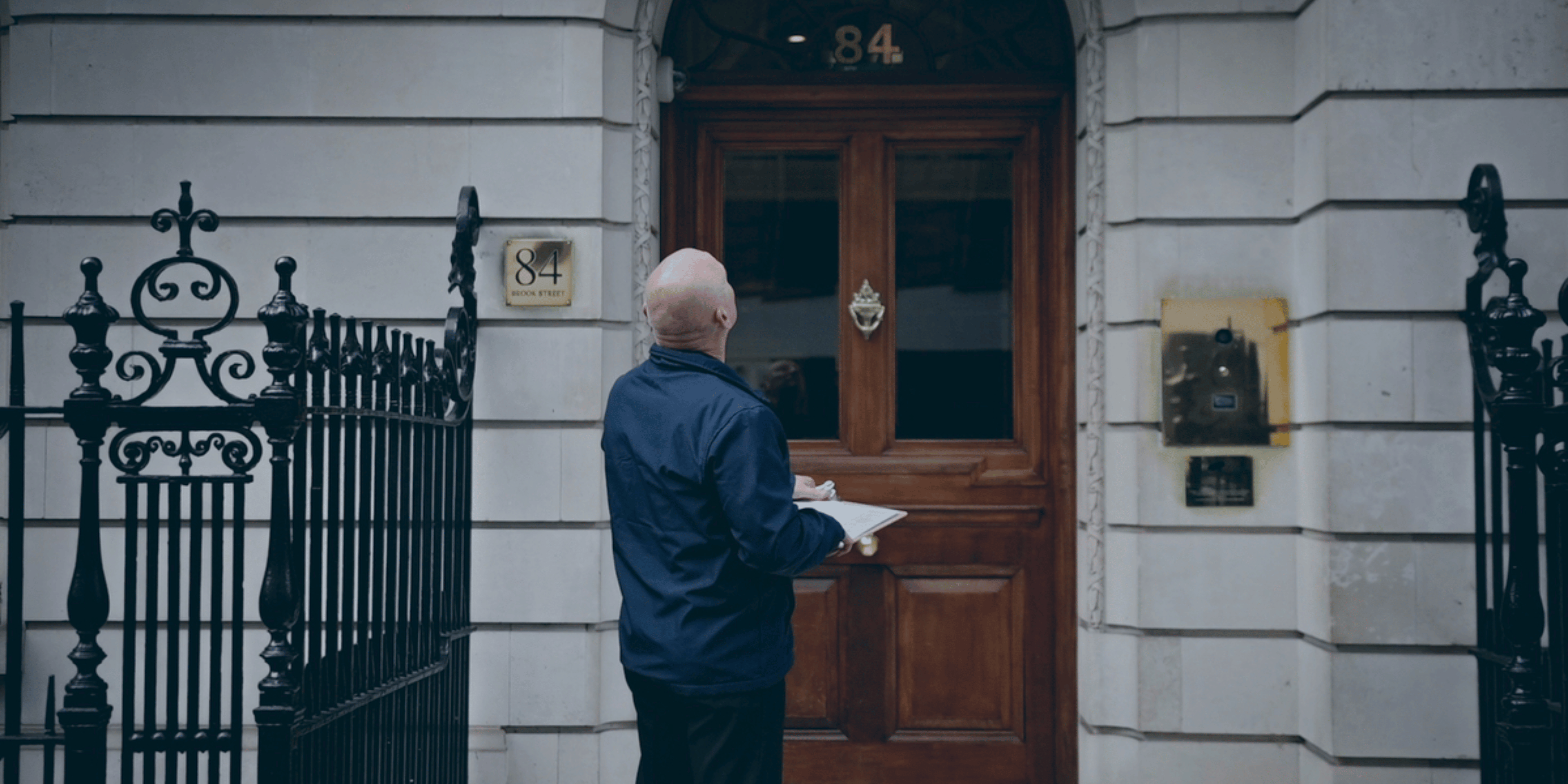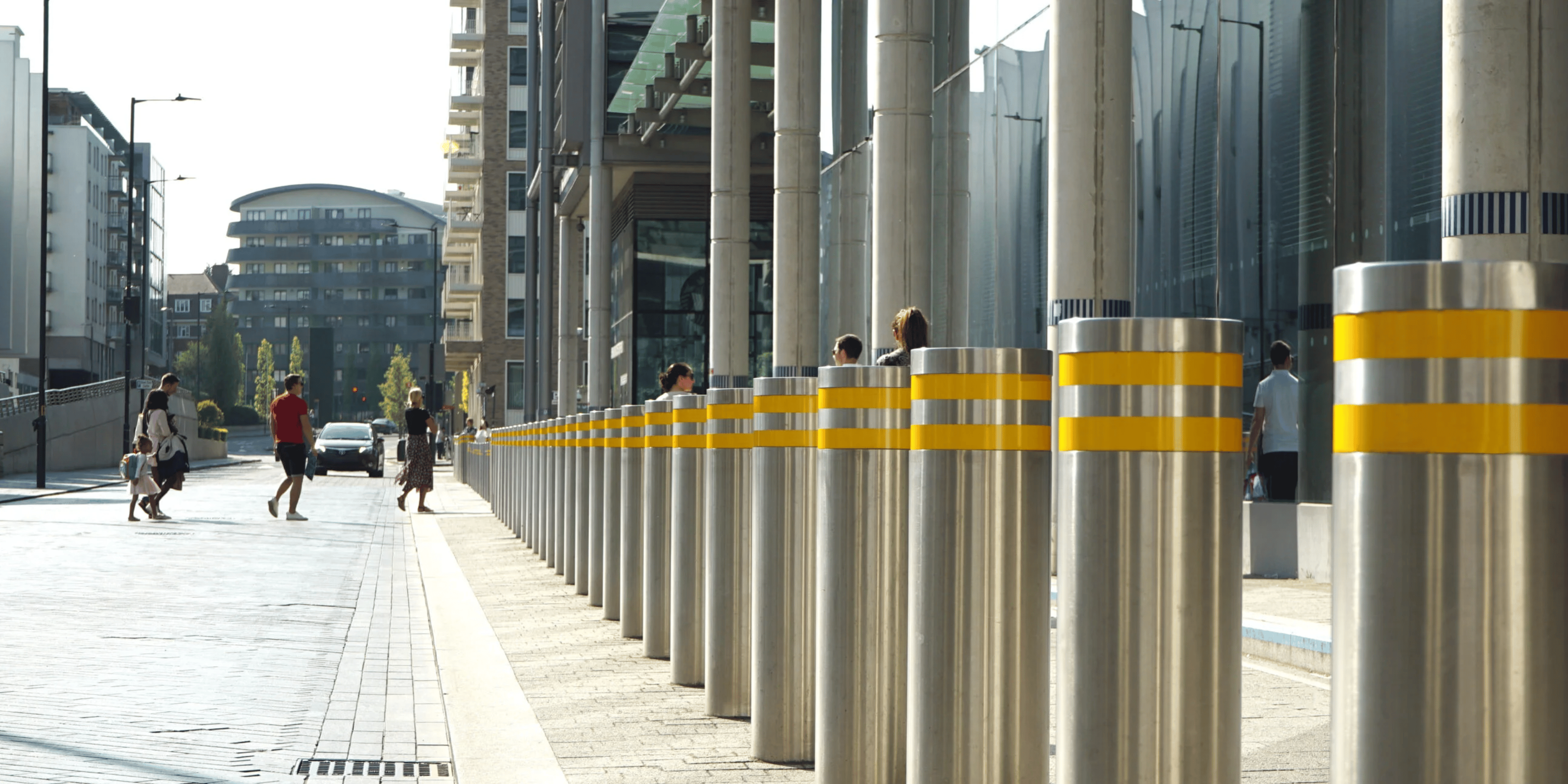
Master Commercial CCTV Installation: A Step-by-Step Approach

Overview
The article presents a clear observation: effective commercial CCTV installation is essential for enhancing security. Proper planning, tool preparation, legal compliance, and ongoing maintenance are critical components that businesses must consider. Ignoring these factors can lead to significant financial, operational, and reputational risks, as a poorly installed system may fail to deter criminal activity.
In practise, a well-installed CCTV system can substantially reduce the likelihood of burglary, thereby safeguarding assets and ensuring business continuity.
Priority First emerges as a pragmatic solution, offering expertise that is rooted in evidence and focused on long-term value rather than quick fixes.
Introduction
The rise in security concerns has underscored the necessity of commercial CCTV installation as a vital measure for businesses looking to protect their assets. This guide provides a systematic approach to mastering the installation process, ensuring readers comprehend not only the essential tools and techniques but also the long-term maintenance required for peak performance. The reality is that with evolving regulations and the intricate nature of modern surveillance systems, businesses must consider how to ensure compliance while maximising their security investments.
Prepare for CCTV Installation: Essential Tools and Equipment
To successfully initiate your CCTV installation, it is crucial to gather . A power drill is necessary for drilling holes to securely mount cameras and run cables. A set of screwdrivers, including both flathead and Phillips types, is essential for fastening mounts and connexions. A ladder is required for safely reaching high installation points, while a measuring tape allows for precise positioning of devices to maximise coverage. Additionally, cable strippers are used to prepare cables for effective connexions, and fish tape facilitates running cables through walls or ceilings, ensuring a clean installation. A level is vital for ensuring that devices are mounted straight, which is crucial for optimal video quality. Finally, a comprehensive surveillance system kit should include cameras, DVR/NVR, cables, and connectors necessary for the setup.
Before commencing the installation process, verify that all tools are in good working condition to prevent any interruptions. The typical expense of these tools in the UK can fluctuate, but investing in high-quality equipment is essential for a dependable and efficient surveillance setup. For instance, a professional-grade power drill may vary from £50 to £150, while a complete surveillance camera kit can be priced between £300 and £3,500, depending on the intricacy and features included.
It is vital to recognise that residences equipped with commercial CCTV installation are 300% less likely to experience burglary, highlighting the importance of efficient security system installation. Furthermore, regular maintenance and software updates are essential for optimal camera performance, ensuring longevity and reliability. Construction site managers should also be aware of the necessity to register the surveillance equipment with the Information Commissioner’s Office to adhere to legal requirements. Ensuring you have the right tools not only streamlines the installation process but also enhances the overall performance and longevity of your surveillance system.
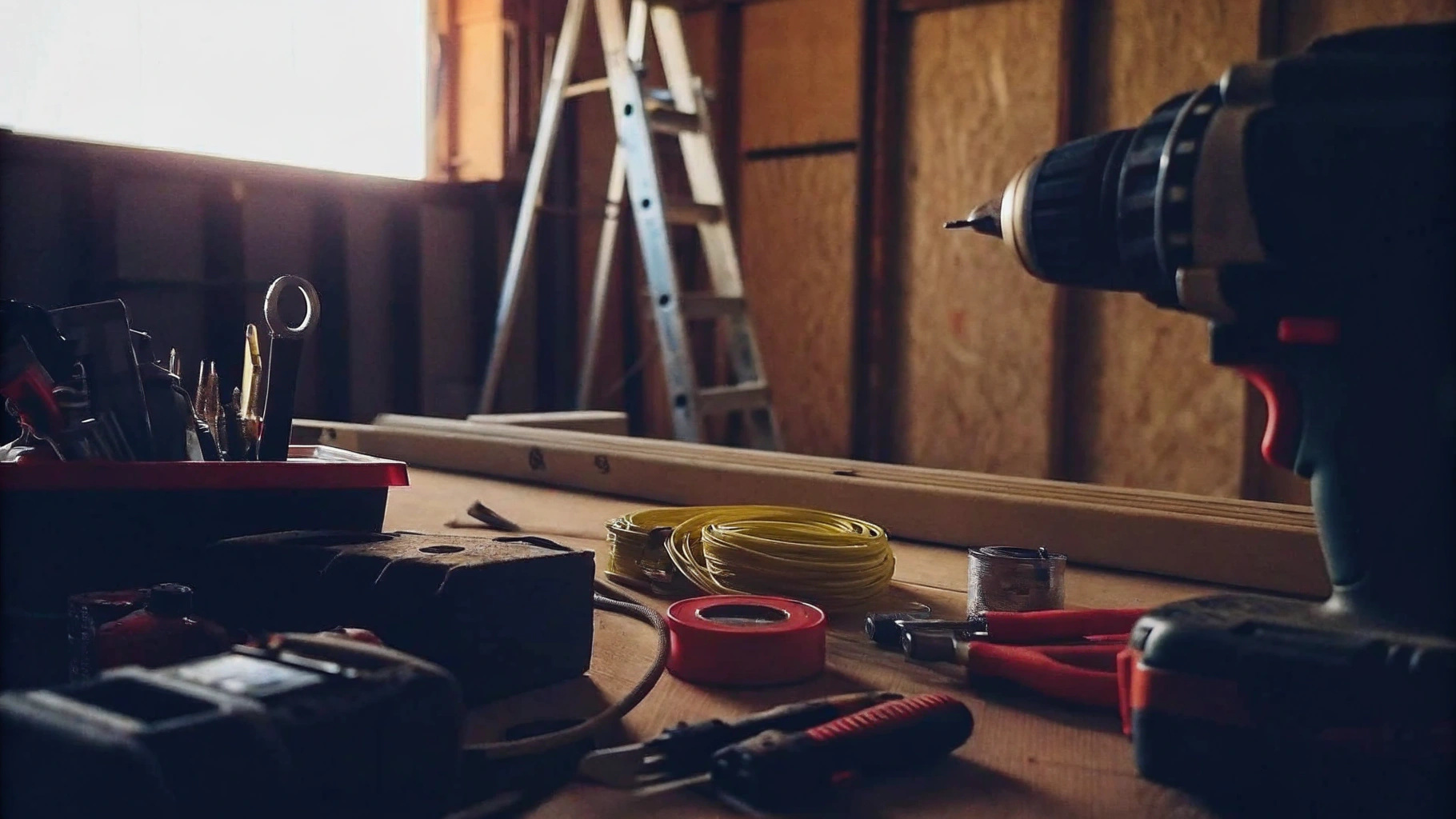
Execute the Installation: Step-by-Step Process
To execute a successful CCTV installation, it is essential to follow these steps:
- Conduct a Site Assessment: Begin by surveying the site to pinpoint areas requiring monitoring, particularly focusing on entry points and high-risk zones. This initial assessment is critical for identifying vulnerabilities and ensuring comprehensive coverage, a key aspect of Priority First's .
- Plan Surveillance Device Placement: Strategically determine optimal locations for equipment to eliminate blind spots and maximise monitoring effectiveness. Consider factors such as lighting conditions and potential obstructions to enhance visibility. Be aware of the various types of devices available, including bullet, dome, turret, PTZ, fisheye, and doorbell options, to select the most suitable alternatives for your specific needs.
- Install the Devices: Use a power drill to securely fasten mounts at the designated locations. Ensure that each device is level and firmly fixed to withstand environmental conditions, particularly in outdoor settings.
- Run the Cables: Employ fish tape to route cables through walls or ceilings, linking them to both the devices and the DVR/NVR. Proper cable management is vital for maintaining a neat appearance and preventing damage. Consider environmental factors that may affect cable performance, such as humidity and vibrations.
- Connect the System: Link the cameras to the DVR/NVR, ensuring that all connections are secure and insulated to prevent interference. This step is crucial for the reliability and performance of the framework. [Priority First excels in integrating its services](http://priorityfirst.co.uk/insights/10-essential-cctv-security-cameras-for-construction-sites) with existing security frameworks, enhancing overall safety and functionality.
- Power Up the Equipment: Finally, connect the DVR/NVR to a power source and turn on the device. Conduct functionality checks to confirm that all cameras are operational and positioned correctly.
- Train Personnel: Ensure that designated staff are educated on how to operate the surveillance equipment effectively. This training is essential for maximising the system's potential and ensuring proper usage.
- Legal Compliance: Remember to adhere to legal requirements, such as notifying individuals about the presence of surveillance cameras. Priority First can assist with this aspect, ensuring responsible installation practices.
- Continuous Assistance and Upkeep: Consider developing a strategy for ongoing assistance and upkeep services to guarantee the long-term efficiency of your surveillance equipment. Routine maintenance helps identify potential issues early and ensures optimal operation, in line with Priority First's commitment to thorough service.
By following these steps, you can effectively establish a surveillance network that enhances security and provides peace of mind on construction sites.
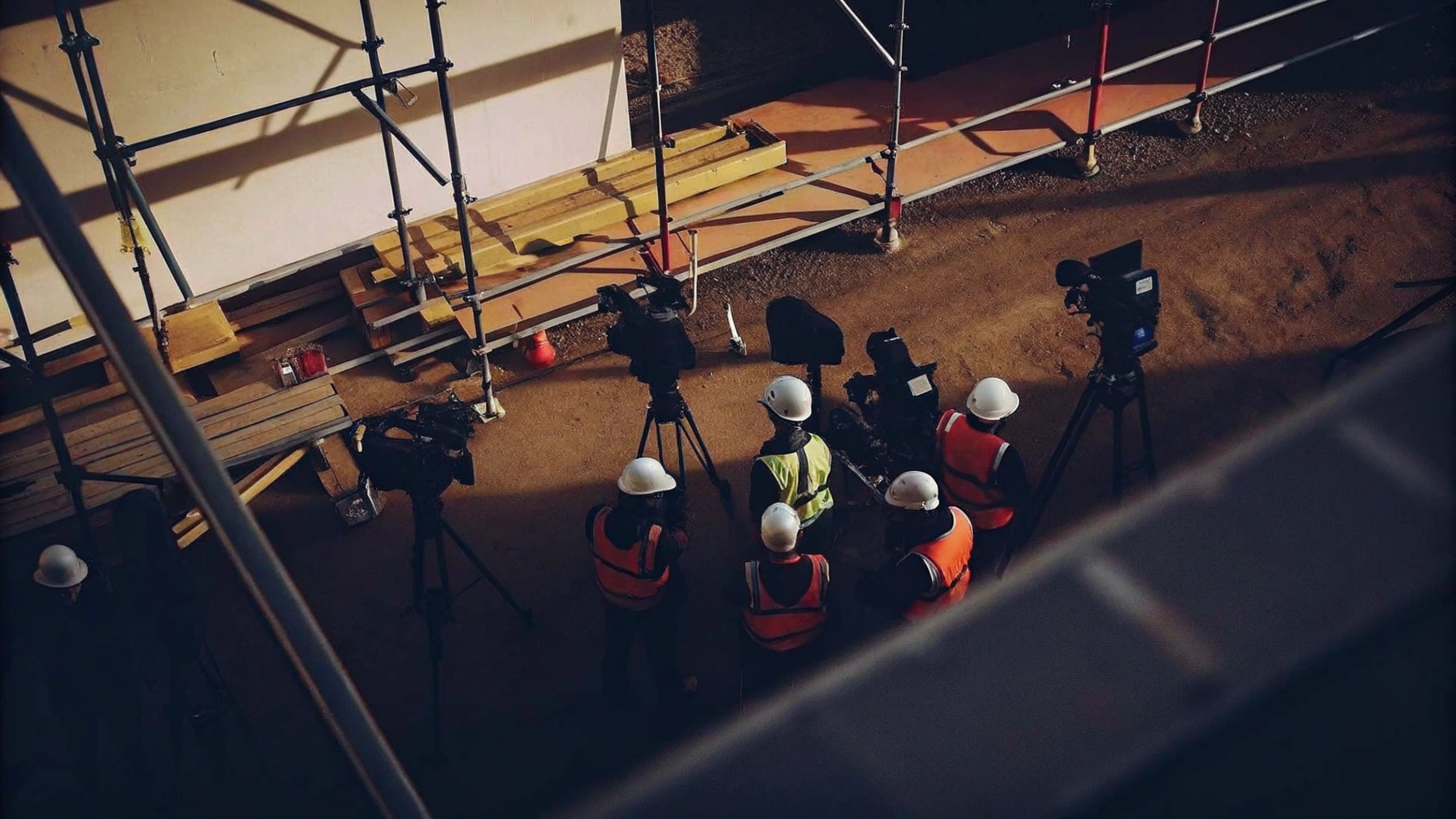
Test and Validate: Ensure Compliance and Functionality
To ensure your CCTV system is fully operational and compliant, follow these essential steps after installation:
- Cheque Angles: Confirm that each device is positioned to cover the intended areas effectively, avoiding any obstructions that could hinder visibility.
- Test Recording Functionality: Verify that the DVR/NVR is recording footage correctly. Review the recorded footage for clarity and ensure all critical areas are covered.
- Inspect Connectivity: Ensure all cameras are properly connected to the network and that remote access capabilities are functioning as intended.
- Conduct a Compliance Cheque: Review your commercial CCTV installation to ensure it adheres to local regulations regarding surveillance camera usage. This includes ensuring that clear signage is displayed, indicating that CCTV is in operation, and that data protection measures are in place to safeguard recorded footage. Compliance with the Data Protection Act 2018 and the UK GDPR is crucial, as failure to adhere can lead to significant fines and reputational damage. Additionally, businesses must conduct Data Protection Impact Assessments (DPIAs) to justify the use of surveillance, as mandated by law in 2025.
- Adjust Settings: Fine-tune camera settings, such as motion detection sensitivity and recording schedules, to align with your specific security needs. This customization is vital for maximising the effectiveness of your surveillance system.
In 2025, companies must adhere to more stringent regulations concerning surveillance camera installations, including performing DPIAs to validate the use of monitoring. Understanding and adhering to these not only protects your organisation legally but also enhances the overall security of your premises. As noted by industry experts, "By adhering to the Data Protection Act 2018, the UK GDPR, and the Surveillance Camera Code of Practise, you can ensure that your surveillance activities are lawful and effective in enhancing security." Furthermore, it is important to note that surveillance footage retention periods typically last 30 days, and non-compliance can result in serious penalties. Priority First focuses on merging its surveillance monitoring services with your current setups, ensuring minimal interference while improving your security configuration with technical assistance and ongoing optimization.
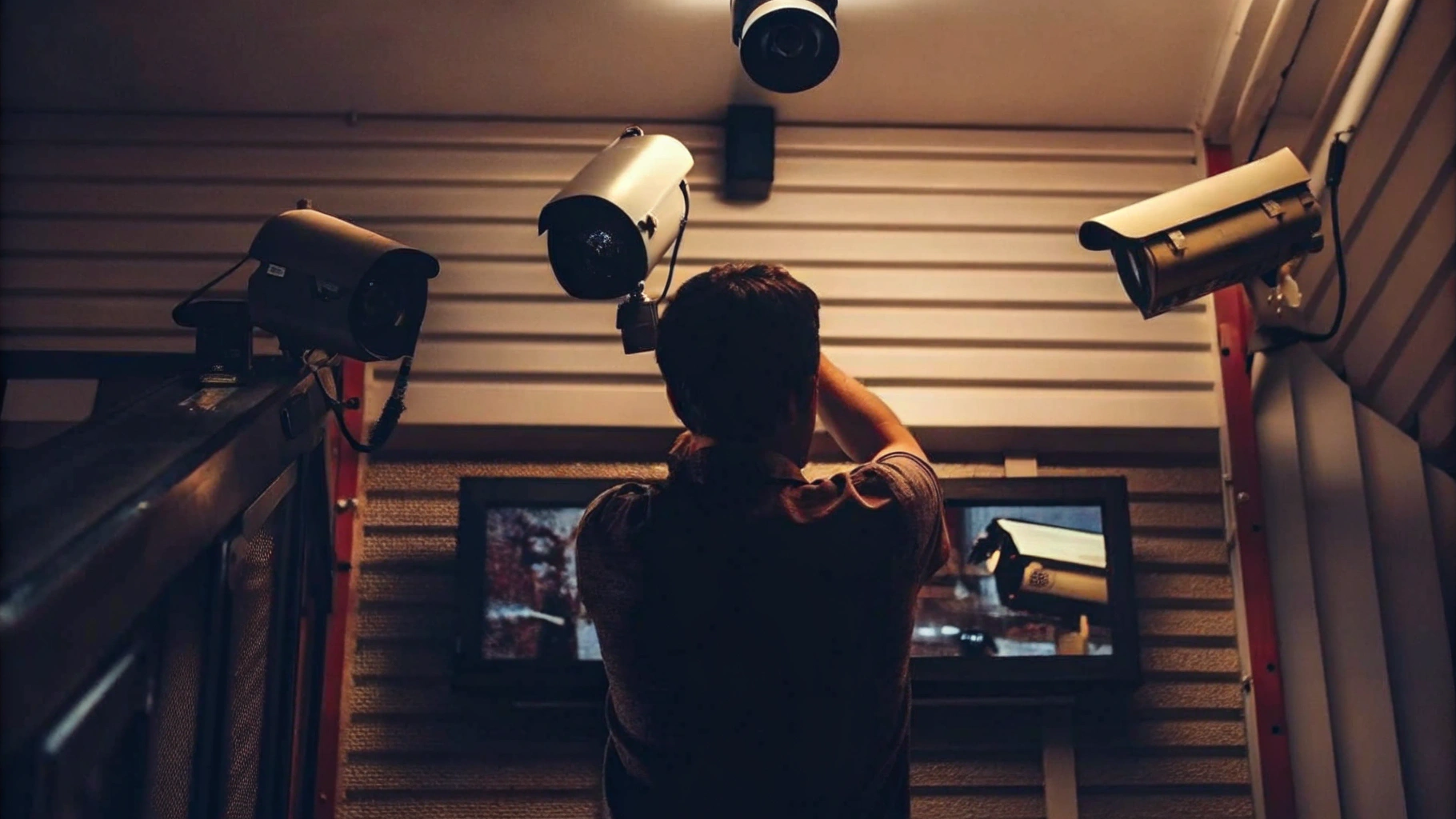
Maintain and Monitor: Long-Term Care for Your CCTV System
To ensure the effective maintenance and monitoring of your CCTV system, consider the following best practices, supported by Priority First's tailored security solutions:
- Schedule Regular Inspections: Conduct visual checks on cameras, cables, and connections at least once a month. This proactive method aids in recognizing potential problems before they worsen, maintaining continuous surveillance, particularly when combined with Priority First's extensive monitoring services.
- Clean Camera Lenses: Dust and debris can obstruct views, leading to blurry images. Regularly cleaning lenses with a soft brush or microfiber cloth is essential for maintaining optimal image quality and clarity, extending the lifespan of the equipment.
- Update Firmware: Keeping device firmware up to date is crucial for safeguarding against vulnerabilities and improving functionality. Frequent updates enhance motion detection precision and overall performance, allowing your setup to function at peak efficiency, especially when backed by Priority First's technical proficiency.
- Test Backup Solutions: Verify that backup power solutions are operational to sustain functionality during power outages. Regular testing of these networks can avert unforeseen outages and data loss, providing ongoing protection.
- Review Recorded Footage: Regularly check recorded footage to ensure that the setup captures necessary data. This practice allows for adjustments to settings as required, ensuring comprehensive coverage and effective monitoring, which is crucial for construction sites.
- Document Maintenance Activities: Keeping a record of all maintenance tasks is essential for preventing failures and ensuring adherence to regulations. This documentation helps track issues and improvements over time, aligning with Priority First's commitment to quality service.
- Ensure Secure Storage of Recordings: To comply with GDPR, it is essential to securely store recordings and restrict access to authorized personnel only. This practice protects sensitive information and mitigates risks associated with unauthorized access, a priority for Priority First.
- Maintain Proper Cable Management: Effective cable management is vital for the optimal functioning of surveillance systems. Ensure that cables are secured and protected from environmental factors to prevent unexpected failures, enhancing the reliability of your security setup.
- Utilize 24/7 Monitoring Services: Take advantage of Priority First's to ensure your property is always under surveillance, providing peace of mind and immediate response to any incidents.
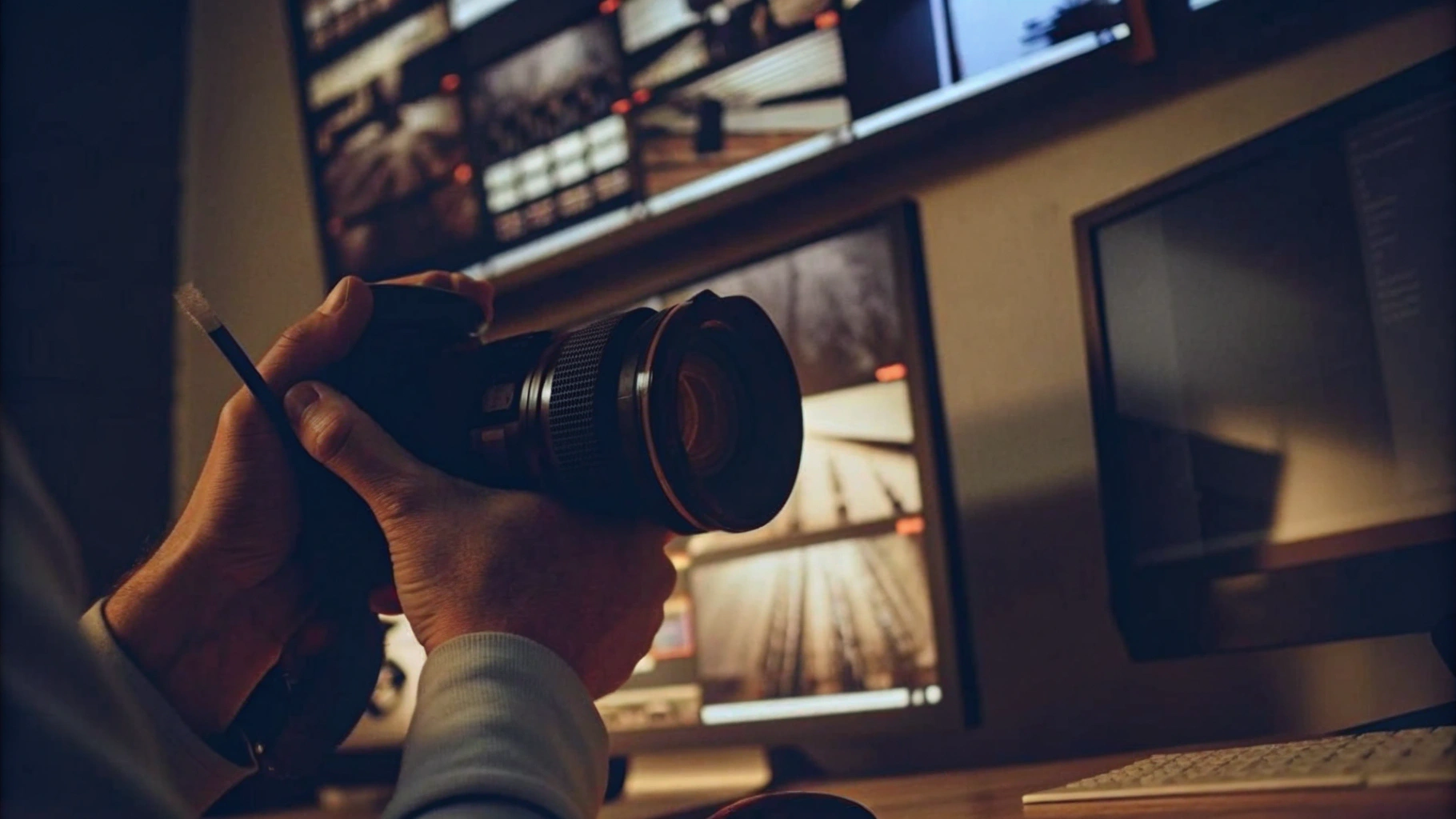
Conclusion
Successfully mastering commercial CCTV installation involves not just technical proficiency but also a deep understanding of security’s critical role in safeguarding properties. The reality is that a comprehensive approach—encompassing preparation, execution, testing, and long-term maintenance—is essential for achieving an effective surveillance system. By adhering to a structured methodology, individuals can ensure their CCTV installations are efficient, compliant, and capable of delivering optimal performance.
Key considerations include:
- Gathering essential tools
- Conducting thorough site assessments
- Strategically placing devices
- Ensuring legal compliance
That said, regular maintenance and updates are crucial for prolonging the system's lifespan and enhancing its functionality. By integrating these practises, one can significantly reduce vulnerabilities and improve overall security, making properties 300% less likely to experience burglary.
Ultimately, investing time and resources into proper CCTV installation and maintenance not only protects assets but also provides peace of mind. The lesson is clear: embracing these best practises ensures that surveillance systems remain effective and compliant with evolving regulations. It is crucial for businesses and individuals alike to prioritise security measures and consider professional assistance, such as that offered by Priority First, to achieve a robust and reliable surveillance setup.
Frequently Asked Questions
What tools are essential for CCTV installation?
Essential tools for CCTV installation include a power drill, a set of screwdrivers (flathead and Phillips), a ladder, a measuring tape, cable strippers, fish tape, a level, and a comprehensive surveillance system kit that includes cameras, DVR/NVR, cables, and connectors.
Why is a power drill necessary for CCTV installation?
A power drill is necessary for drilling holes to securely mount cameras and run cables.
How does a measuring tape assist in the installation process?
A measuring tape allows for precise positioning of devices to maximise coverage during the installation.
What is the purpose of using cable strippers in CCTV installation?
Cable strippers are used to prepare cables for effective connexions, ensuring a reliable installation.
Why is it important to cheque the condition of tools before installation?
It is important to verify that all tools are in good working condition to prevent any interruptions during the installation process.
What is the typical cost range for CCTV installation tools in the UK?
The typical cost of tools can fluctuate, with a professional-grade power drill ranging from £50 to £150, and a complete surveillance camera kit priced between £300 and £3,500, depending on complexity and features.
How does commercial CCTV installation impact burglary rates?
Residences equipped with commercial CCTV installation are 300% less likely to experience burglary, highlighting the importance of efficient security system installation.
What maintenance is required for optimal camera performance?
Regular maintenance and software updates are essential for ensuring optimal camera performance, longevity, and reliability.
What legal requirement must construction site managers be aware of regarding CCTV?
Construction site managers must register the surveillance equipment with the Information Commissioner’s Office to adhere to legal requirements.


